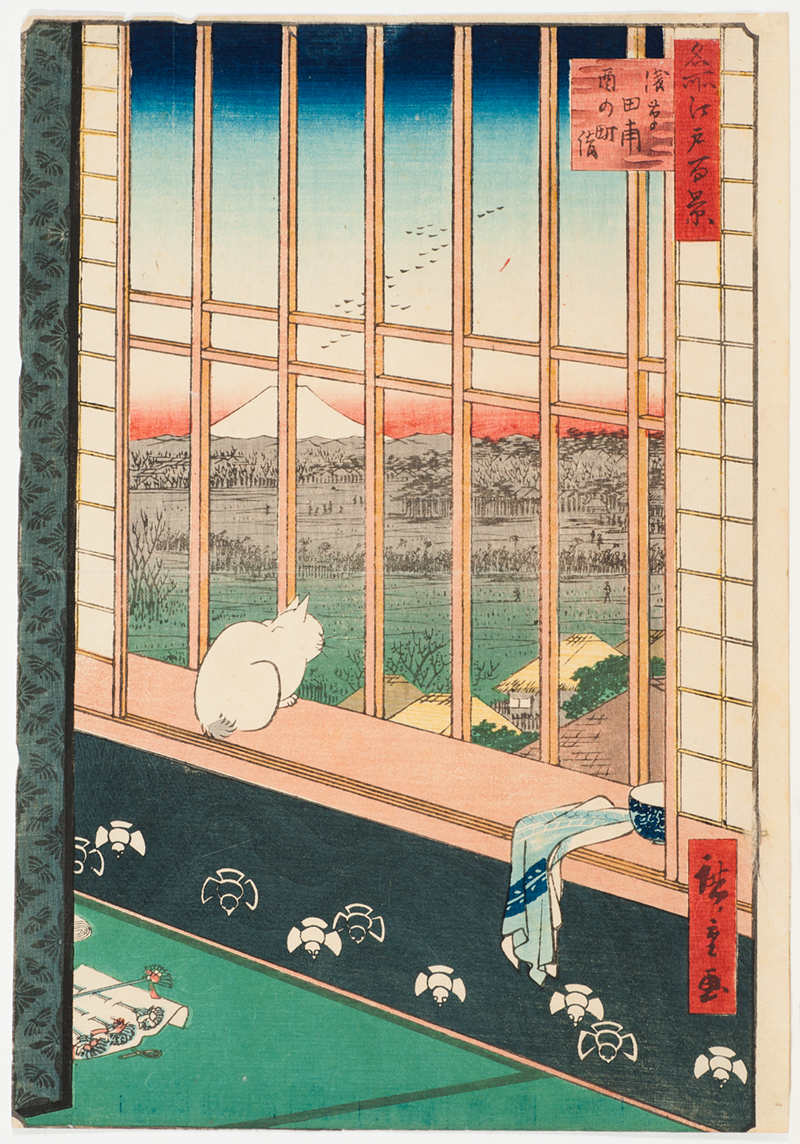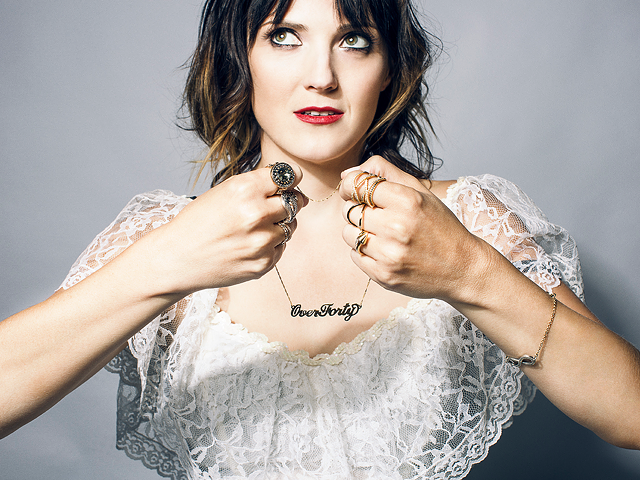
One of fine art’s more prestigious honors is the Apollo Award for major achievements in the art or museum world. It was started in 1992 by the London-based international art magazine, Apollo. The shortlist of 2017 finalists in six categories has just been released, and the names are dominated by international institutions and American museums in the biggest cities — New York, Los Angeles, Boston and Washington, D.C.
But among the six finalists for Acquisition of the Year was the Cincinnati Art Museum, for receiving a gift from the late Joel Weisman and his wife Bernice of 800 Japanese prints from the 17th–20th centuries. As Apollo says, “This group of 800 works spans four centuries of printmaking, with the earliest dating from the 17th century. Alongside the prints, the Weismans have also donated extensive reference material to the museum in order to support continued research into Japanese prints and art.” It didn't win — the winner in this category was the promised gift of 113 works by 17th-century Dutch and Flemish artists to the Museum of Fine Arts, Boston. Nevertheless, Cincinnati Art Museum found itself in some very select company.
This gift was made to the Cincinnati Art Museum in January and supervised by Kristin Spangenberg, curator of prints. It is one of the largest to the museum’s permanent collections in its history. The Weismans, who began collecting Japanese prints in 1956, had promised to build a collection to leave the museum as a bequest. Joel, who died in 2016, concentrated on acquisitions that showed the historical development of Japanese prints; Bernice, on the tradition of cats in Japanese printmaking.
When the gift was announced, she told the art museum, “Collecting led us into a culture that we knew little about when we began. Discovering new facts and insights over the years has been incredibly rewarding.”
When the gift was announced as an Apollo Award finalist, Spangenberg said via email, "We are thrilled to have this collection of over 800 Japanese prints from the 1760s through the 20th century. The collection spanning four centuries includes colorful Edo and Osaka ukiyo-e woodcuts, shin hanga (new prints) and sosaku hange (creative prints). The prints represent fine examples of bijinga (beautiful women) and actors, and thematically the subjects (include) Japanese literature, legends, landscape, and privately printed surimono."
Among the other finalists in this category, besides Cincinnati and Boston, were the National Gallery of London’s acquisition of “The Fortress of Königstein from the North” a painting by Bernardo Bellotto; 16 master drawings and a painting from the 16th–19th centuries acquired by L.A.’s Getty Museum; 187 French masterpieces from the turn of the 20th century gifted to the Musée d’Orsay in Paris; and a small but important collection of Viking coins and jewelry, the Watlington Hoard of King Alfred the Great, purchased by Oxford’s The Ashmolean.
Information on winners in all categories is available at apollo-magazine.com.





